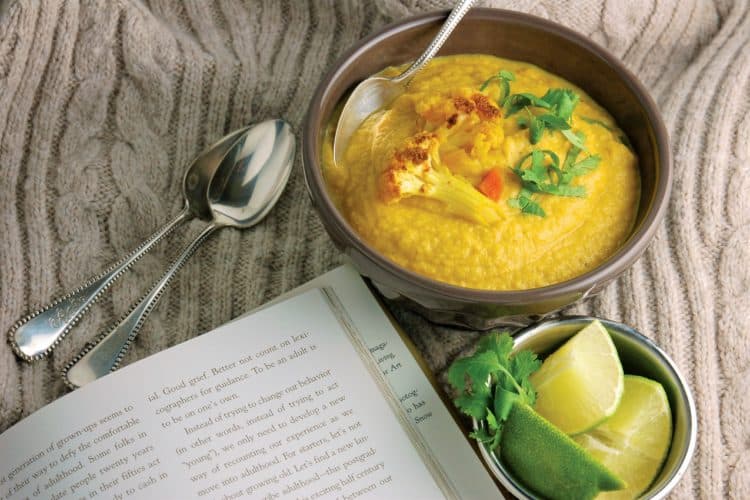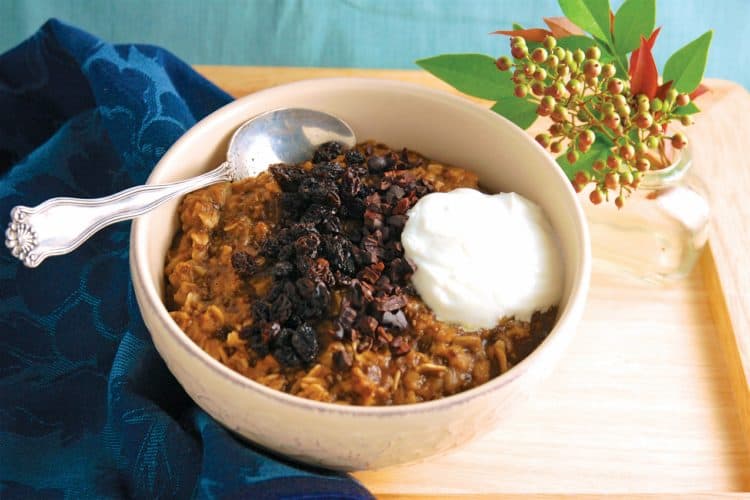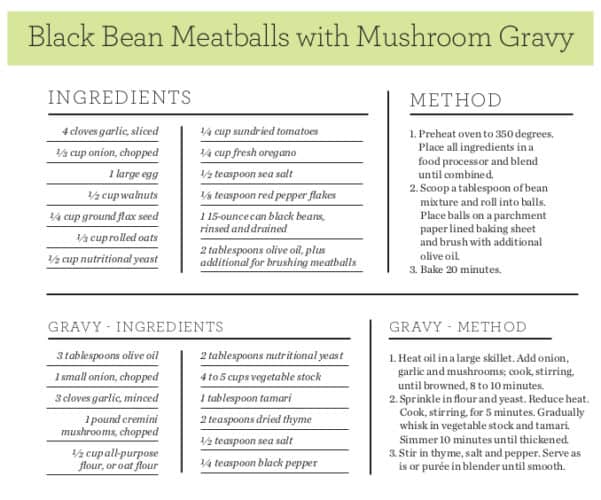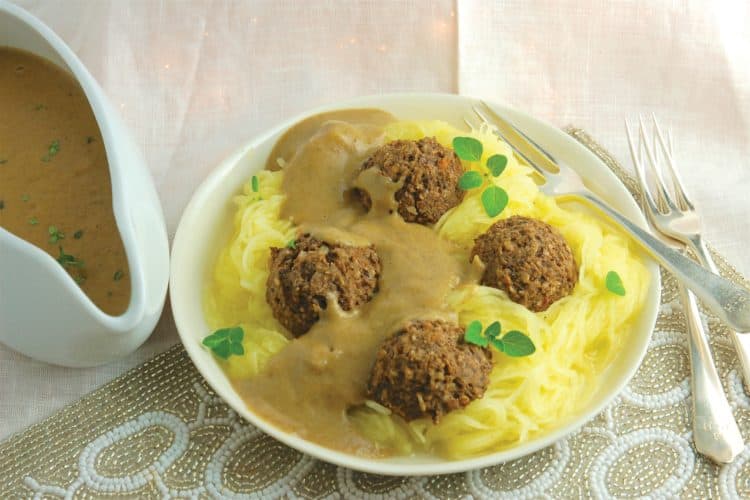Comfort food can also be good for you
STORY and photography BY Jennifer Cohen-Katz
November/December 2017
Wintertime in Howard County is some¬thing to look forward to. We brave the cold for Midnight Madness on Main Street, Ellicott City, to listen as carolers sing while we forage through the shops for holiday gifts. We bundle up for brisk winter hikes
at the Robinson Nature Center and Belmont Manor. Exercising in the chilly air makes me feel energized so I’ll be signing up for the Dazzle Dash race, which winds through the beautiful Symphony of Lights at Merriweather Post Pavilion.
When our toes begin to go numb it’s time to head home and create some hygge. Pronounced “hoo-guh,” this Danish term is defined as “a quality of coziness and comfortable conviviality that inspires a feeling of contentment or well-being.” There is no direct translation in English, though “cozy” comes close. Hygge is what we experience when we come in from the cold to light candles or get a roaring fire going in the fireplace. It’s curling up under a warm blanket with a steaming mug of cocoa and inhaling the deli-cious aroma of rich stew simmering in the kitchen.
Cooking up comfort food with family or friends on a blustery winter night is hygge in my house. I try to make meals that are both comforting and healthy.
Here’s how to do it:
— What we choose to eat can help prepare us for the long winter months by boosting our immunity. To fight the flu and colds eat seasonal fruit and vegetables high in antioxidants like apples, beets, Brussels sprouts, cabbage, carrots, garlic, kale, kiwi, leeks, pears, sweet potatoes, turnips and winter squash.
— Foods with probiotics like yogurt, miso soup and fermented vegetables can help defend against the bad bacteria and viruses that cause winter ills. Eat plant foods at every meal. They contain the fiber that keeps those good bugs well fed.
— Hydration is a concern in hot weather but, surprisingly, also in very cold weather. Indoor heat and dry outdoor winter air are both dehydrating. For some alternatives to drinking plain water try an herbal tea, a seasonal citrus fruit salad or a broth-based vegetable soup.
— Unfortunately the shorter days of winter with less sunlight limit a natural source of vitamin D production. We can make sure that we include vitamin D on our plates in foods like fortified dairy, salmon and egg yolks; supplements may also be needed as the nutrient’s full requirement is difficult to get through food alone.
— Are you sensitive to dairy but love creamy comfort foods? Add coconut milk, puréed cauliflower or blended cashews to create creaminess in recipes without adding milk or cream.











